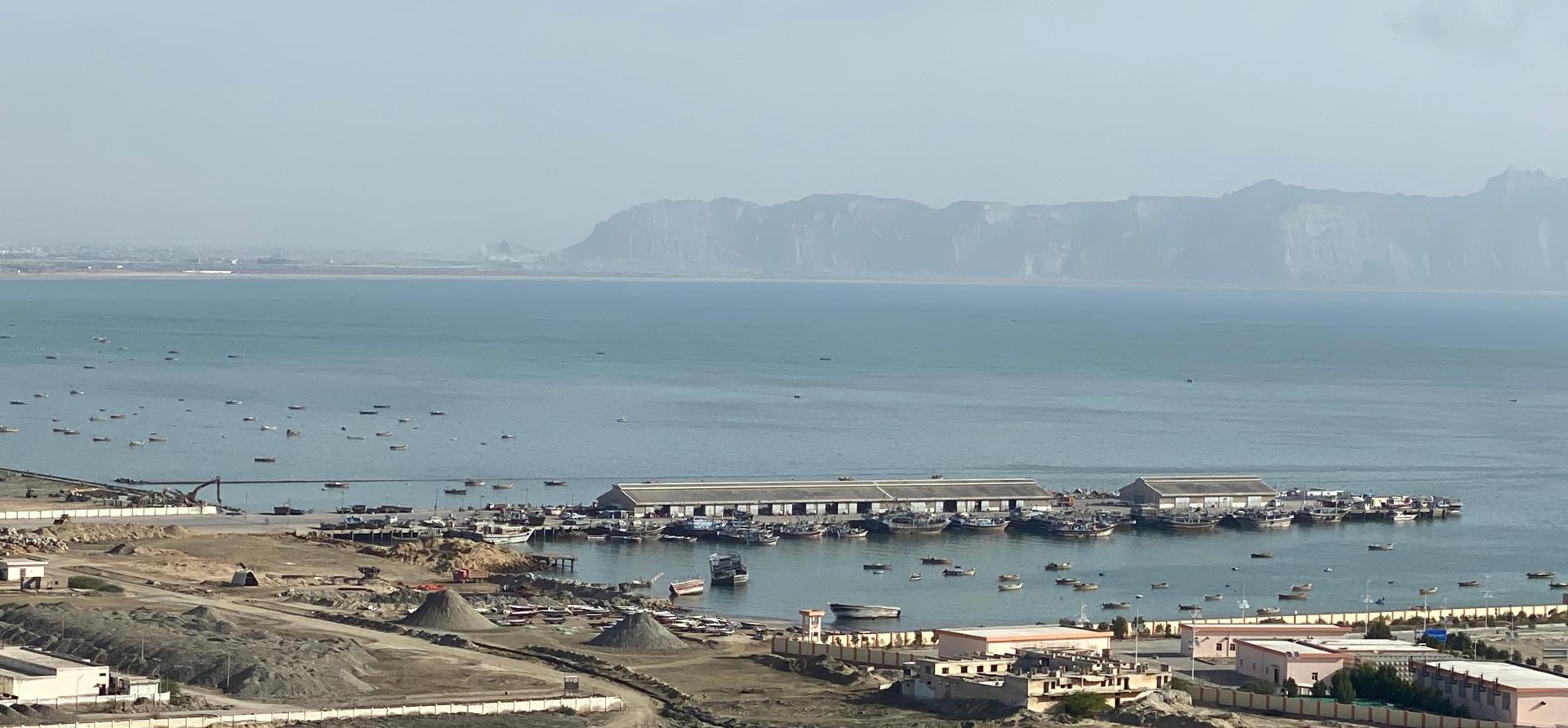Gwadar coal power plant: One step forward, two steps back

Key Findings
The revival of the Gwadar coal power project on imported coal points to the widening gap between evidence-based research and policy decisions.
Price volatility in the wake of the Russia-Ukraine crisis led to imported coal-based plants producing very expensive power. Pakistan's current foreign exchange crisis also means that the country is unable to procure coal supplies, resulting in imported coal-based power plants being shut down temporarily.
Gwadar coal power project's revival should be reconsidered, especially given the troubles being faced by operating imported coal-based power plants. Research on alternatives such as solar power should be carried out, with increased imports from Iran as a backup.
The revival of the Gwadar power project on imported coal could heighten Pakistan’s economic stress
In a breakthrough development last month, the government of Pakistan took a policy decision to go ahead with the Gwadar power project, which, despite being a "fast track project" under the China-Pakistan Economic Corridor (CPEC) in 2016, hasn’t made any substantial progress since its conception. The decision, made at a high-level forum hosting bilateral talks between China and Pakistan, points to a deeper issue that has been prevalent in the country’s power sector for a long time: the dissociation between evidence-based research and policy decisions.
Decision-making mostly happens in the highest echelons of power, without any public disclosure of the analysis or work (if any) that went behind it. In this case, whether the country’s poor state of economic affairs will be able to sustain another import dependent source of power generation, which may be subject to price shocks in the future, does not matter. What matters is that Pakistan will be able to appease its powerful allies in the hopes that they may provide some support for the country to stay afloat.
The revival of the 300-megawatt (MW) Gwadar power plant on imported coal comes after years of ambivalence from the government of Pakistan to move forward with the project in its original form. The project was first proposed to be shifted to liquified natural gas (LNG) on environmental grounds during the Pakistan Muslim League-Nawaz (PML-N)-led government in 2016.
No progress was seemingly made on this front and the project’s future remained uncertain until the Pakistan Tehreek-e-Insaf government announced a moratorium on coal-based power generation in December 2020. Many in the policy circles speculated that the project would get shelved since it had not achieved financial closure. However, no official statements came forth on the matter.
In July 2022, the Gwadar power plant made national news again when the current government, pressed by its economic woes and a rising import bill, decided to convert it to solar power instead, with imports from Iran as a backup. Considerations were also being made to shift it to Thar coal as a cheaper alternative. However, nothing was concrete as any change to the project plans first had to be approved by the Joint Cooperation Committee (with members from both China and Pakistan) on CPEC. Therefore, any amendments to the project could not have been made unilaterally.
While the government of Pakistan contemplated shifting the project to an alternate fuel, their Chinese counterparts were still committed to the idea of imported coal. Ultimately, the Pakistani side was “compelled” to reverse its policy objectives and shift the plant back to imported coal.
Running the Gwadar power plant on imported coal may add to Pakistan’s current economic stress. Last year proved to be tumultuous for imported fuels such as LNG and coal. Free on-board price for South African coal, which accounts for around 70% of Pakistan’s coal imports, reached a historic high of US$457/ton in March 2022.
Pakistani coal power plants weren’t isolated from these price shocks and faced delivered costs as high as US$419/ton. Since fuel costs are pass-through items, this directly impacted the cost of power generation from imported coal which went as high as 19.3 US cents/KWh (PKR 51/KWh). Although international coal prices have now come down (South African coal is currently trading at US$140/ton), this is still higher than the price of coal in 2017 (US$109/ton), when the project’s feasibility was first considered.
Pakistan’s incumbent foreign exchange (forex) crisis has also severely impacted the ability of coal power plants to procure fuel from their coal suppliers. The State Bank of Pakistan has been unable to fulfill foreign exchange requests for some coal power plants due to the country’s gravely reduced forex reserves. Just recently, Port Qasim Electric Power Company (Pvt.) Limited had to shut down their 660-MW units due to the plant’s inability to pay off its coal supplier. It may not be prudent to bring on another imported coal power plant under such circumstances when the existing ones are having such difficulty continuing operations.
The use of indigenous Thar coal, which currently costs US$47/ton, would make more sense, but Pakistan is caught between a rock and a hard place when it comes to Gwadar. The Thar coal mines are located almost 1,000 kilometers away from the Gwadar port, with no rail network connecting the two regions. Transporting Thar coal to Gwadar would therefore require significant investments in rail and road infrastructure, dampening the feasibility of using domestic coal as an alternative.
The forex crisis hasn’t spared domestic production of Thar coal either, as Sindh Engro Coal Mining Company struggles to pay its Chinese operation and maintenance contractor, which is threatening to suspend mining operations if the current situation prevails.
On the other hand, Gwadar holds immense geostrategic importance and is the linchpin to China achieving access to warmer waters. Without access to a reliable electricity supply, the region will not achieve the level of industrialization needed to make the port city a successful trading hub. Even with this, the push for imported coal seems ill-suited, given that other viable alternatives may be present.
The port city currently operates on electricity imported from Iran, which until now is limited in volume, putting the region at risk of prolonged outages. However, a new scheme was launched on March 1 whereby Gwadar will receive 100 MW of imported power from Iran. These increased volumes should be sufficient to meet the present needs of the region, and any incremental demand that arises with further development in the region could be met with solar or wind power coupled with more imports.
What is perhaps missing from the picture is the utter lack of research into the applicability of these alternatives, not only on economic rationale but also on social and environmental grounds. The decision to move ahead with imported coal should have been made after carefully considering all other options available rather than being politically motivated.
For now, Gwadar may have taken a step forward but remains two steps back.
This commentary first appeared in The Diplomat.
















